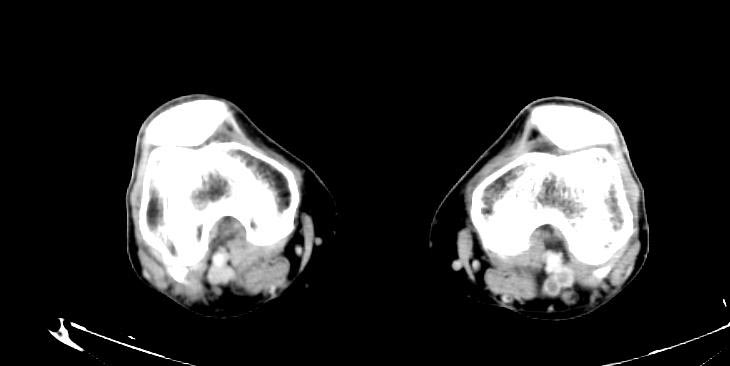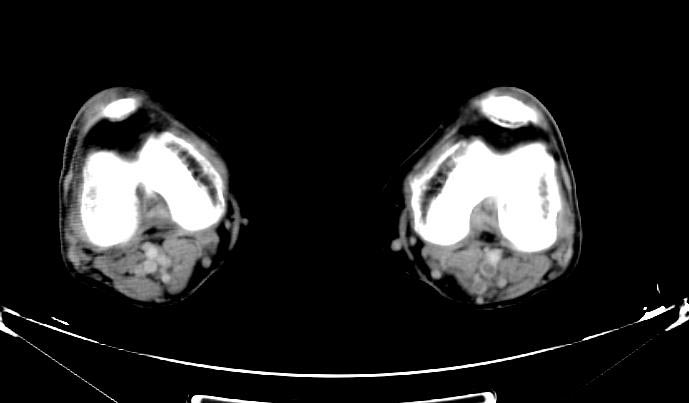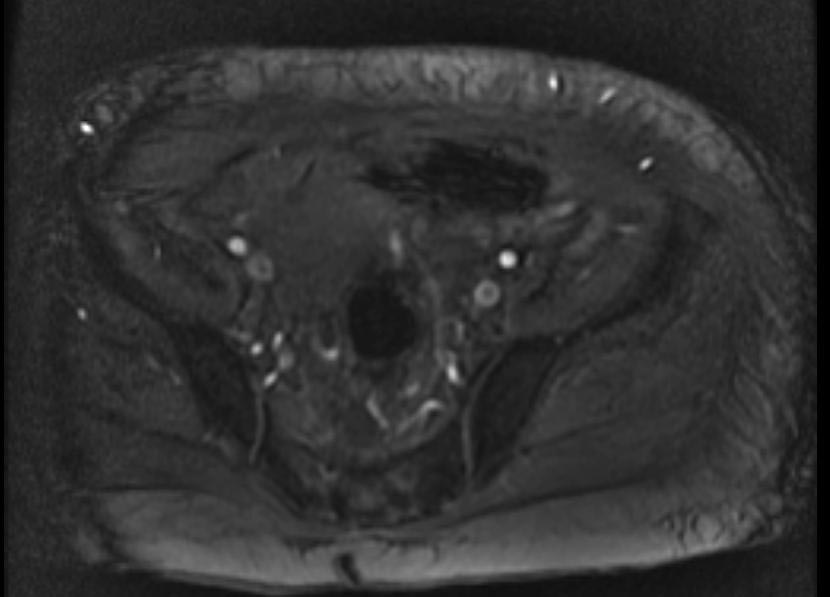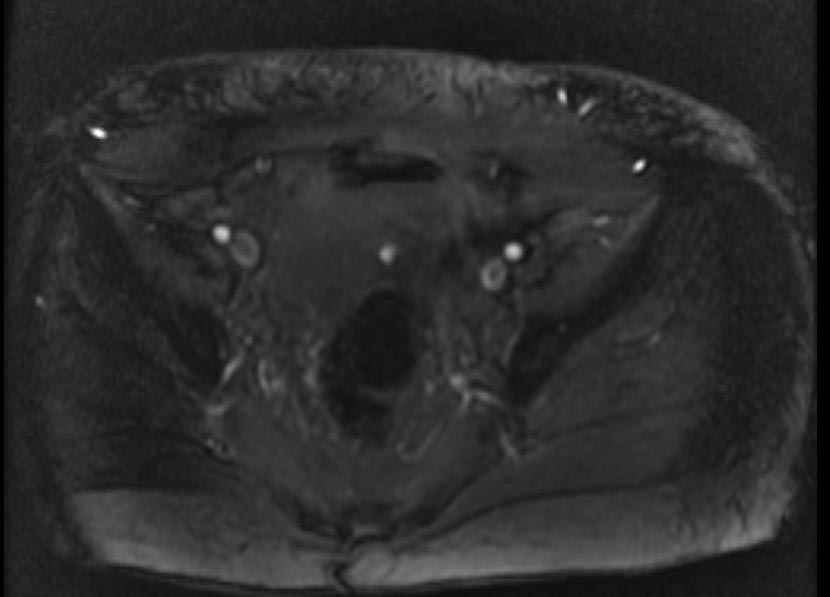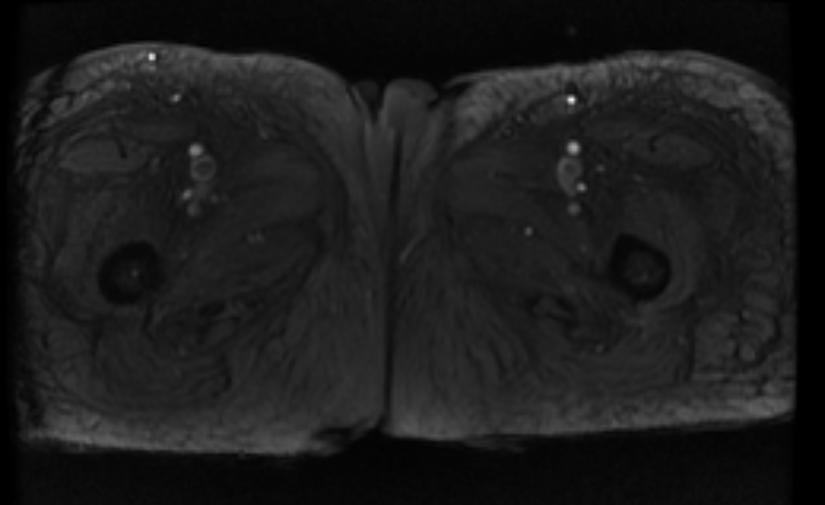Deep vein thrombosis
|
Deep Vein Thrombosis Microchapters |
|
Diagnosis |
|---|
|
Treatment |
|
Special Scenario |
|
Trials |
|
Case Studies |
|
Deep vein thrombosis On the Web |
For patient information page, click here
For main page on Venous Thrombosis, click here
| Deep vein thrombosis | |
| ICD-10 | I80.2 |
|---|---|
| ICD-9 | 453.40 |
| DiseasesDB | 3498 |
| MeSH | D020246 |
Editor-In-Chief: C. Michael Gibson, M.S., M.D. [1]; Associate Editor-In-Chief: Cafer Zorkun, M.D., Ph.D. [2] Ujjwal Rastogi, MBBS [3]
Overview
Pathophysiology
Epidemiology and Demographics
Risk factors
Diagnosis
Treatment
Medical Therapy | Surgery | Primary Prevention | Secondary Prevention
Signs and symptoms
There may be no symptoms referrable to the location of the DVT, but the classical symptoms of DVT include pain, swelling and redness of the leg and dilation of the surface veins. In up to 25% of all hospitalized patients, there may be some form of DVT, which often remains clinically inapparent (unless pulmonary embolism develops).
There are several techniques during physical examination to increase the detection of DVT, such as measuring the circumference of the affected and the contralateral limb at a fixed point (to objectivate edema), and palpating the venous tract, which is often tender. Physical examination is unreliable for excluding the diagnosis of deep vein thrombosis.
In phlegmasia alba dolens, the leg is pale and cool with a diminished arterial pulse due to spasm. It usually results from acute occlusion of the iliac and femoral veins due to DVT.
In phlegmasia cerulea dolens, there is an acute and nearly total venous occlusion of the entire extremity outflow, including the iliac and femoral veins. The leg is usually painful, cyanosed and oedematous. Venous gangrene may supervene.
It is vital that the possibility of pulmonary embolism be included in the history, as this may warrant further investigation (see pulmonary embolism).
A careful history has to be taken considering risk factors (see below), including the use of estrogen-containing methods of hormonal contraception, recent long-haul flying, and a history of miscarriage (which is a feature of several disorders that can also cause thrombosis). A family history can reveal a hereditary factor in the development of DVT.
-
Deep venous thrombosis
-
Deep venous thrombosis
-
Deep venous thrombosis
Imaging the leg veins
Impedance plethysmography, Doppler ultrasonography, compression ultrasound scanning of the leg veins, combined with duplex measurements (to determine blood flow), can reveal a blood clot and its extent (i.e. whether it is below or above the knee).
Examples
- Example #1: CT images: DVT at left leg
- Example #2: 2D TOF GRE MRV images: Bilateral deep vein thromboses
References
See also
ar:تجلط الوريد العميق it:Trombosi venosa profonda nl:Diep-veneuze trombose
